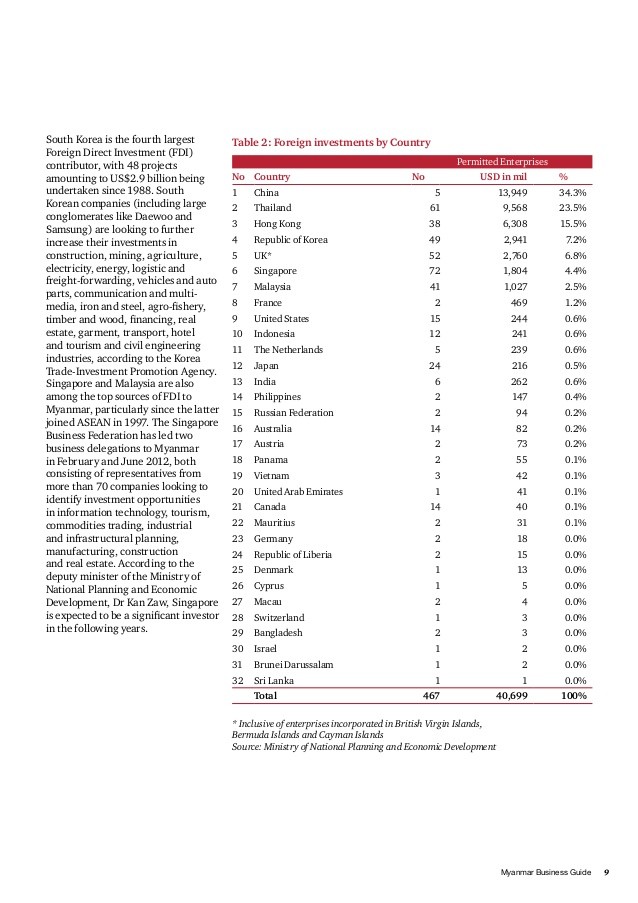A Guide to Investing in South Korea
Post on: 6 Апрель, 2015 No Comment

Easily Invest in One of Asia’s Most Promising Economies
Please refer to our privacy policy for contact information.
The Age of Northeast Asia is fast approaching. — Roh Moo-hyun
Roh Moo-hyun, the 9th President of the Republic of Korea, perhaps best summarized South Korea’s potential with the above quote. Since the 1980s, the country’s per capita income grew from $2,300 to $30,000 in 2010, as its gross domestic product grew from $88 billion to over $1.46 trillion over the same time period — and that growth appears to be ongoing.
South Korea’s Booming Economy
South Korea’s economy ranks 15th in the world by nominal gross domestic product (GDP) and 12th by purchasing power parity (PPP). But perhaps most importantly for investors, the economy is viewed as both a stable high-income developed country and a member of the Next Eleven countries, signaling strong growth potential over the coming years.
Despite almost no natural resources and overpopulation, the country has consistently boasted one of the world’s fastest growing economies and is now the seventh largest exporter and tenth largest importer in the world. The majority of these exports are to the automotive industry, including Hyundai Kia Automotive Group, as well as consumer electronics.
South Korean Benefits & Risks
South Korea has a very attractive economy for international investors, given its rare combination of stability and rapid growth rates. But, there are also many risks that investors should consider before committing capital to the region, including geopolitical risks with its neighbor to the north and export-related risks that could hit during the downturn.
Benefits of investing in South Korea include:
- Rapidly Growing. South Korea’s economy is expected to grow at a rate of 3.9% to 4.2% per year between 2011 and 2030, along with most Next Eleven countries.
- Stable Economy. South Korea’s economy is a member of the G20 as an OEDC nation. with per capita income of more than $30,000, meaning it’s very stable.
Risks of investing in South Korea include:
- Geopolitical Risk. South Korea is situated in one of the most militarized regions in the world, with a very unstable neighbor in North Korea.
- Reliance on Exports. South Korea’s economy relies heavily on exports, which can be detrimental when the global economy is contracting.
Investing in South Korean ETFs
The easiest way to invest in South Korea is with exchange-traded funds (ETFs) that provide instant diversification in a single security traded on a U.S. stock exchange.
The iShares MSCI South Korea Index Fund (EWY) is the most popular South Korean ETF with a $2.85 billion net asset value and 106 holdings, as of October 2012. While the fund’s expense ratio is only 0.59%, investors should be wary of its 21.9% exposure to Samsung Electronics and somewhat overweight exposure to the Information sector at 32.44%.
Investors can also consider ETFs like:
- First Trust South Korea AlphaDEX Fund (FKO)
- Asia Pacific Ex-Japan AlphaDEX Fund (FPA)
- FTSE RAFI Asia Pacific ex-Japan Portfolio (PAF)
Investing in South Korean ADRs
American Depository Receipts (ADRs) represent another way to invest in South Korean companies without venturing outside of the United States. These ADRs enable investors to purchase foreign companies on a U.S. stock exchange, but may not be as liquid as many other U.S. stocks, and should therefore be traded with some caution.
Popular South Korean ADRs include:
- KB Financial Group Inc. (KB)
- SK Telecom Co. Ltd. (SKM)
- LG Display Co. Ltd. (LPL)
Key Points to Remember
- South Korea’s economy has attracted investor interest given that it’s both rapidly growing and highly developed as a member of the G20.
- The easiest way to invest in South Korea is using either ETFs or ADRs, which offer diversified exposure that can be purchased on a U.S. stock exchange.
- While South Korea has many solid benefits, investors should be aware of the geopolitical and other risks that it faces.














